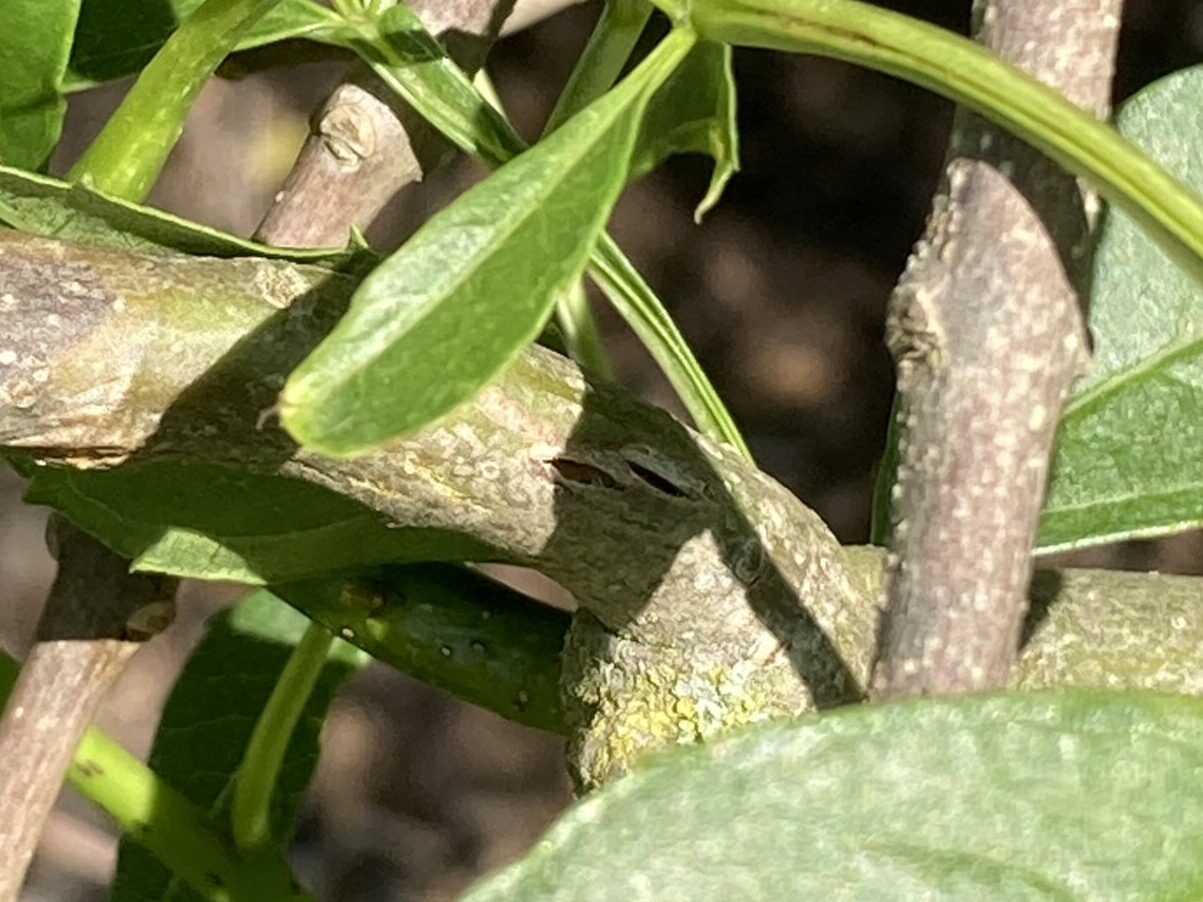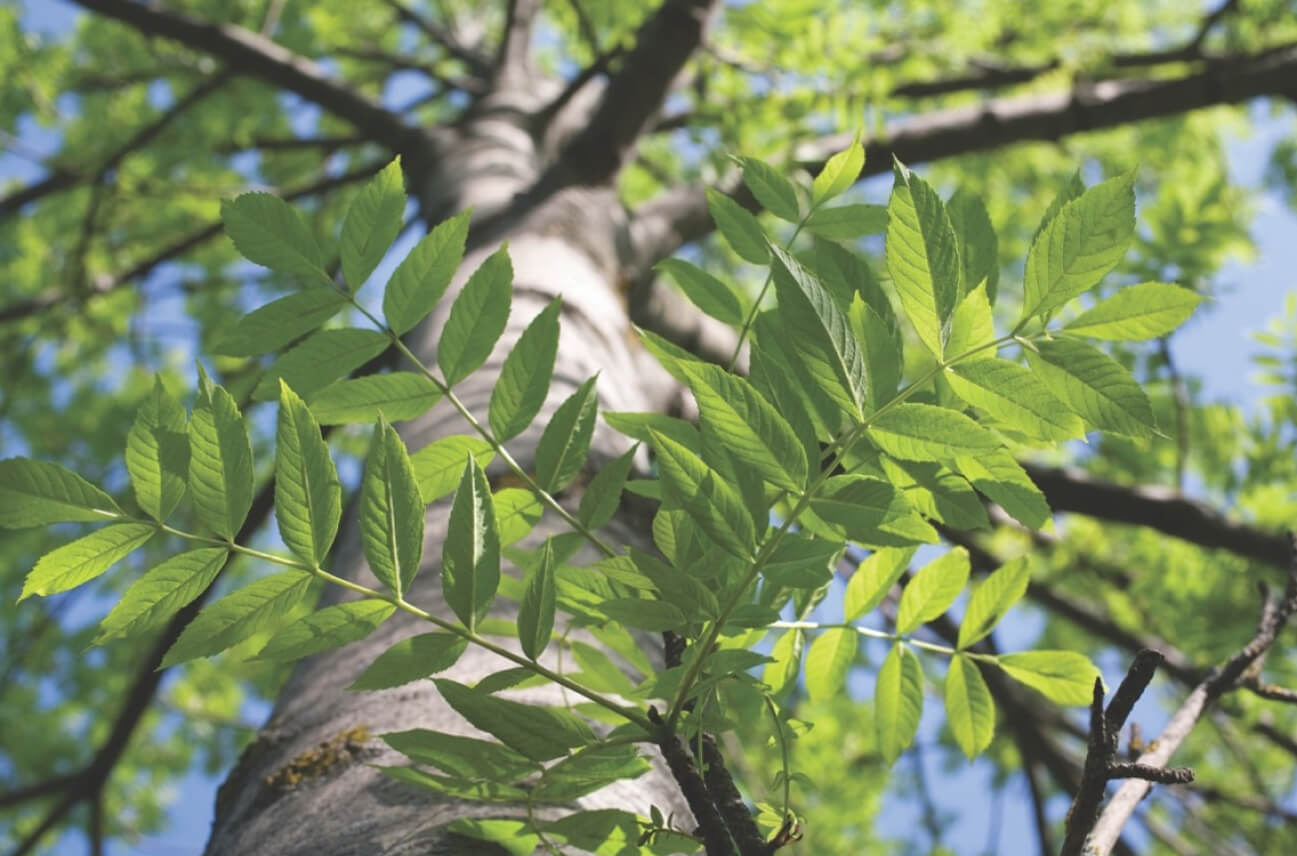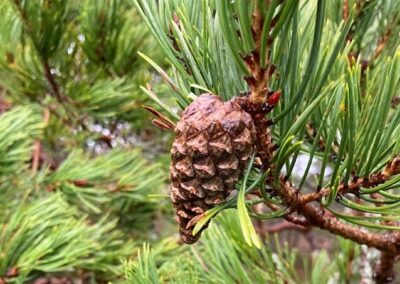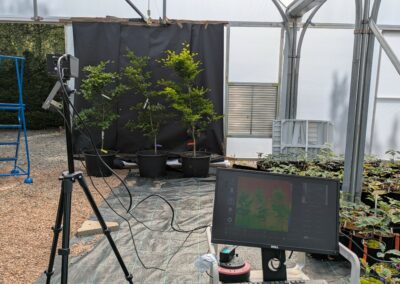Transforming ash genomics: Creating a pangenome to understand ash dieback resistance
Project leads Dr Laura Kelly, Dr Daniel Wood, Dr Mohammad Vatanparast | Royal Botanic Gardens, Kew
Lead organisation Royal Botanic Gardens, Kew
Collaborators Dr Richard Whittet | Forest Research; Prof Levi Yant, Dr Emma Curran | University of Nottingham
Project status Complete (April 2022 – March 2025)
Project funding £448,000
Research outcome Adaptation
Context
The European ash tree (Fraxinus excelsior) is one of the most common woodland trees in the UK, but over the last decade has suffered severe damage from an invasive fungus called Hymenoscyphus fraxineus which causes ash dieback disease.
Previous research has shown that a small percentage of ash trees have resistance to the disease which can be passed to offspring and we have some understanding of the genomic basis for this. However, a more complete understanding of the basis of resistance is required to be able to accurately predict the health of individual trees.
Most studies of genomic variation look at single points on the genome that differ between individuals. This project will explore genomic structural variation, which may be important for resistance to ash dieback, but which is difficult to assess.
An improved understanding of the genomic basis of ash dieback resistance will allow selection of more resilient trees for breeding programmes and woodland restoration.
Research aims and objectives
Aim
To transform our understanding of the genomic basis of ash dieback resistance by using the latest developments in genome sequencing and analysis to discover structural variants and construct a pangenome – a reference genome incorporating information from diverse individuals rather than based on a single individual, as is the case with traditional approaches.
Objectives
- Construct a high-quality ash pangenome capturing common structural variants.
- Use this new resource to identify structural variants associated with ash dieback resistance.
- Improve prediction of ash dieback resistance of individual trees by incorporating structural variant data.
We will use long-read sequencing data to construct a pangenome and identify structural variants across the genome. The pangenome will be used to find structural variants in individuals from both planted trials and a natural woodland, and to identify variants associated with ash dieback resistance.
Tissue collection and genome sequencing: Samples will be collected from resistant and susceptible individuals from screening trials and mature trees in natural woodland.
Pangenome construction: Long-read sequence data will be mapped to an improved reference genome to identify variants and construct an annotated pangenome graph that shows the locations of genes and structural variants.
Identification of structural variants associated with ash dieback resistance: We will map sequenced DNA from the samples to the new pangenome to find individual differences. Structural variants significantly associated with ash dieback resistance will be identified and we will establish whether accounting for structural variants results in more accurate genomic prediction of individual ash dieback resistance.
Expected outcomes
- A high-quality pangenome for European ash.
- A collection of structural variants associated with ash dieback resistance.
- A genomic prediction model for ash dieback resistance incorporating structural variants.
- Publications describing these results.
Further resources linked to this project
Living Ash Project (2013-2024)
The Living Ash Project was a collaboration between the Future Trees Trust, Forest Research, and Royal Botanic Gardens, Kew that ran from 2013 to 2024.
The project aimed to identify a large and diverse number of ash trees with good tolerance to ash dieback (Hymenoscyphus fraxineus), to secure this material for further breeding work, and to quickly make this material available to industry. Selected trees were further screened for tolerance in two different ways, via chemical fingerprinting and directly through controlled inoculations.
CFP Pilot Project (2021-2022)
See previous research on this topic from CFP pilot project: Consolidating and curating datasets for ash genomics.
CFP Phase 2 Project (Active)
This research is being built upon in CFP Phase 2 project: Investigating ash health genomics after long-term ash dieback exposure.

Evidence of ash dieback infection.
Glossary & Key Terms
Ash (Fraxinus excelsior)
A native broadleaved tree with excellent timber properties that is an important host for many species of flora and fauna and consequently of high ecological value.
Ash is under severe threat from ash dieback disease (Hymenoscyphus fraxineus), and its abundance in the British landscape is likely to decrease. The ability to plant ash is now severely restricted due to concerns over tree health. Ash is categorised as a principal tree species. For more information, see Ash (AH) – Forest Research.
Ash dieback (Hymenoscyphus fraxineus)
Ash dieback is a highly destructive disease of ash trees (Fraxinus species), especially the United Kingdom’s native ash species, common ash (Fraxinus excelsior). It is caused by a fungus named Hymenoscyphus fraxineus (H. fraxineus), which is of eastern Asian origin. For more information, see Ash dieback (Hymenoscyphus fraxineus) – Forest Research.
Genome
The complete set of genetic material in an organism. It includes all of the organism’s DNA, which contains the instructions needed for growth, development, functioning, and reproduction.
Genome sequencing
The process of determining the complete DNA sequence of a tree’s genome. This includes identifying the order of all the nucleotides (A, T, C, and G) that make up its genetic material.
Genomic basis
The underlying genetic features, such as DNA sequences, genes, and structural variants, which contribute to resistance or susceptibility to disease.
Genomic structural variation
Where entire regions of DNA are inverted, duplicated, deleted or moved elsewhere in the genome in some individuals.
Genomic variation
The differences in DNA sequences among individual trees, which can influence their susceptibility or resistance to disease.
Long-read sequencing data
DNA that is sequenced in sections that average thousands of base pairs in length, rather than the more commonly used short-read.
Pangenome
The complete set of genes found across all individuals of a species.
Share this project on social media
Related Projects
Our Partners
Social media
Explore
Newsletter
Contact
© 2022 Centre for Forest Protection. All rights reserved.


